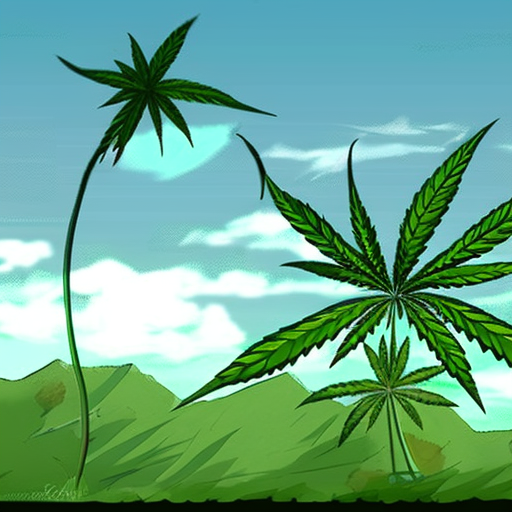
Yo, what’s good? It’s ya boy Dan, and I’m here to school y’all on the real deal when it comes to weed buds. You might think you know everything about them, but trust me, there’s way more than meets the eye. So sit back, roll up, and let’s dive deep into the anatomy of cannabis buds.
First off, let’s get one thing straight: what you call “buds” ain’t even the real deal. They ain’t actually cannabis flowers at all. And those little hairs stickin’ out? You might know ’em as pistils, but they’re actually called stigma. Crazy, right? But don’t worry, I got you covered. Check out the real lowdown on cannabis buds right here and see the plant in a whole new light.
Now, you might’ve handled some weed flowers before, whether you grew ’em yourself or just blazed ’em up with your crew. You know they’re sticky and smellin’ bomb with that frosty coating and little hairs all over. But beyond the surface level, these buds are complex AF. They create and store most of the good stuff that makes weed so valuable, like cannabinoids and terpenes. And they got a ton of different parts that you can barely even see with your naked eye.
If you wanna know where those bud sites are at on a cannabis plant, listen up. The colas (aka terminal buds) grow at the end of branches. If you got an untrained plant, you’ll see a big central cola form at the top like a Christmas tree. The size of these buds can vary depending on the genetics and environment of the plant. You’ll also find smaller buds – aka popcorn buds – forming at the nodes where branches join the main stem.
Here’s where things get real interesting. Cannabis buds are actually inflorescences made up of stems, stalks, bracts, and flowers. Those true flowers are known as pistils – not what you thought, huh? Pistillate flowers are made up of two stigmas, a style, and an ovule protected by trichome-coated bracts. This is what growers typically refer to as a bud.
Let’s break it down even further. Bracts are basically specialized leaves that protect the pistil components. They’re small and fragile but packed with trichomes – some of the highest concentration found on a cannabis bud. Sugar leaves are tiny leaves found among the inflorescence that act as photosynthetic structures to create vital sugars near the buds while also offering protection against pests and predators.
Now let’s talk male vs female cannabis buds. As a dioecious species, cannabis has distinct male and female plants. Female plants develop pistillate flowers with two stigmas within a bract while male flowers feature pollen-producing parts called stamen and anthers within sepals.
You might’ve heard about sativa vs indica varieties having different effects when it comes to smoking up. While THC creates core effects for each cultivar, aromatic terpenes play a big role too. Sativa plants are taller with thin leaflets while indica plants are shorter with wider leaflets and smaller buds.
Lastly, let’s talk about bud colors and seeds forming on them. Most cannabis buds are green because of their chlorophyll content but can also turn purple due to anthocyanin pigment or appear white due to young stigmas and high trichome density. As stigmas mature, they display shades of red and green too. Seeds forming on buds divert plant resources towards reproduction rather than forming large flowers packed with valuable secondary metabolites.
So there you have it – a lesson in weed bud anatomy from ya boy Dan. Next time you’re checking out some dank nugs or growing your own stash, remember there’s so much more happening beneath the surface. Stay lit!



Yo dis blog post real dope, got me hyped to learn ’bout dem buds. Ain’t nothin like gettin’ schooled on the good stuff, feelin’ the vibes!